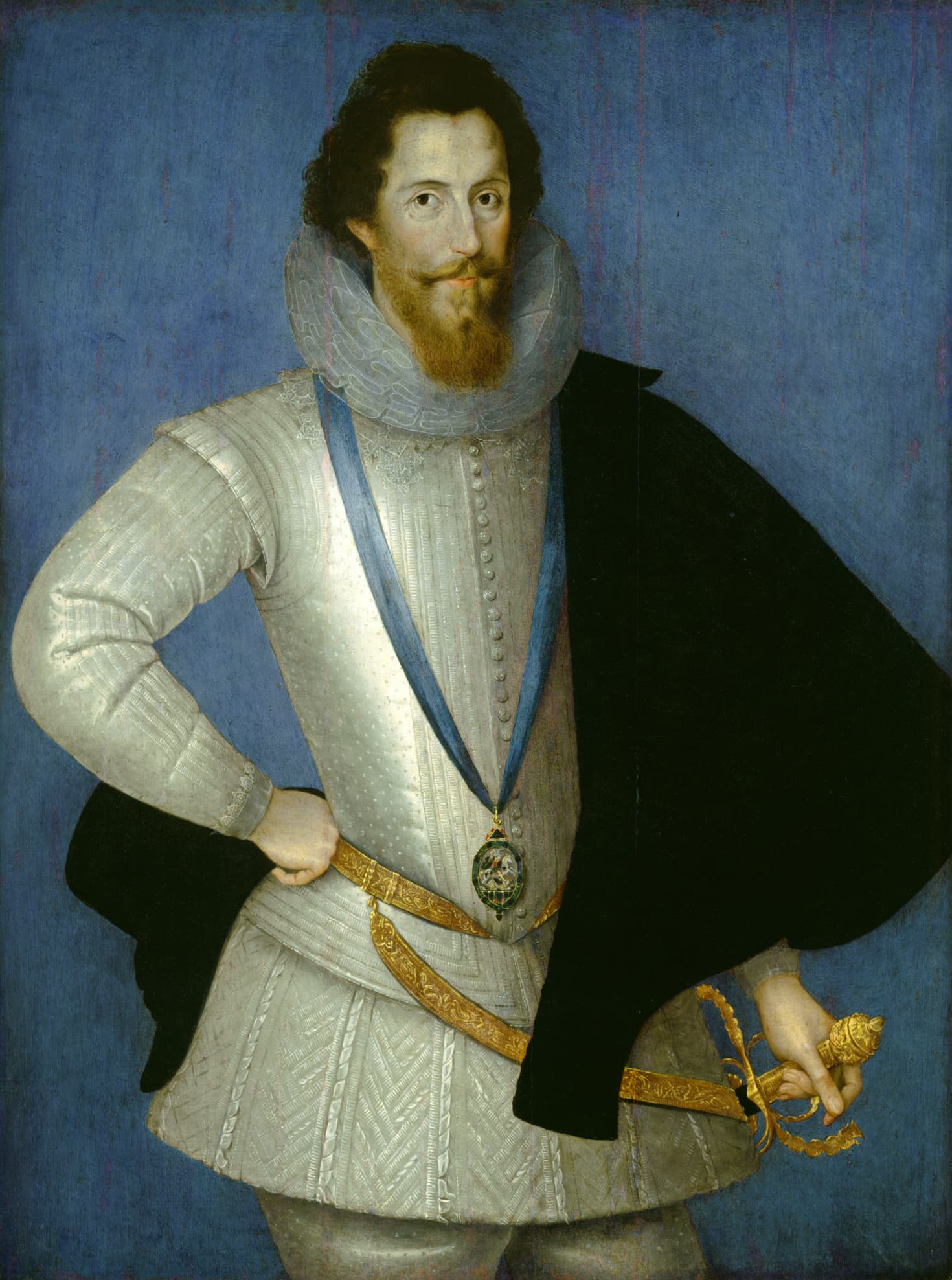The characters in Roberto Devereux really lived, but their operatic versions are often quite different from the historical persons... who would've thought? While the added drama does make for a great show (or at least we think so), it isn't the most accurate. So, what's fact and what's fiction when it comes to the characters of Donzetti's Devereux?
ROBERTO DEVEREUX, the earl of essex

In real life, Robert Devereux, the Earl of Essex, was a charming, self-serving rogue who never understood that he couldn’t always bend the Queen to his will. And that cost him his life at the age of 34. S.T. Bindoff describes him in Tudor England as a “unique complex of charms…which first captured royal favor and then time and again recovered it after follies which would have doomed a less ornamental offender... Essex died as he had lived, a man of one idea, the idea of his own aggrandizement.” That’s a far cry from the admirable operatic character who goes to his death rather than compromise his lover by revealing her name.
catherine (aka sara), The Countess of nottingham

There was no love affair between Devereux and the Earl of Nottingham’s wife—in history her name was Catherine, not Sara as in the opera. She was a generation older than he was and Queen Elizabeth’s cousin. When she died, just weeks before the Queen, Elizabeth sank into a deep depression. As for the Earl himself—the opera upgrades him to a Duke—historically he was neither a close friend to Devereux, nor was he an enemy. But when Devereux led an armed rebellion against the government, it was Nottingham who led the force against him and served as one of the commissioners at the trial that condemned Devereux to death.
queen elizabeth i

There is no doubt that Queen Elizabeth adored Robert Devereux, who was more than three decades younger than she was. She was charmed by his looks, his daring and prowess on the battlefield, his wit and the way he used his brilliant mind to flatter her. In the opera, Essex’s fatal mistake was against Elizabeth the woman. The real Queen Elizabeth signed his death warrant because of his treason against the Crown, though the woman never got over it.
And then there is the matter of “The Essex Ring...”
... that token of royal affection given to the Earl of Essex that will get him out of any jam if it is returned to the Queen. Most historians don’t believe it actually existed, primarily because it was never mentioned in any of the contemporary accounts of Essex’s trial and beheading—something that seems quite unlikely had it existed at the time.
It might be historically inaccurate, but the ring and the relationship it represented make one hell of an operatic plot.




